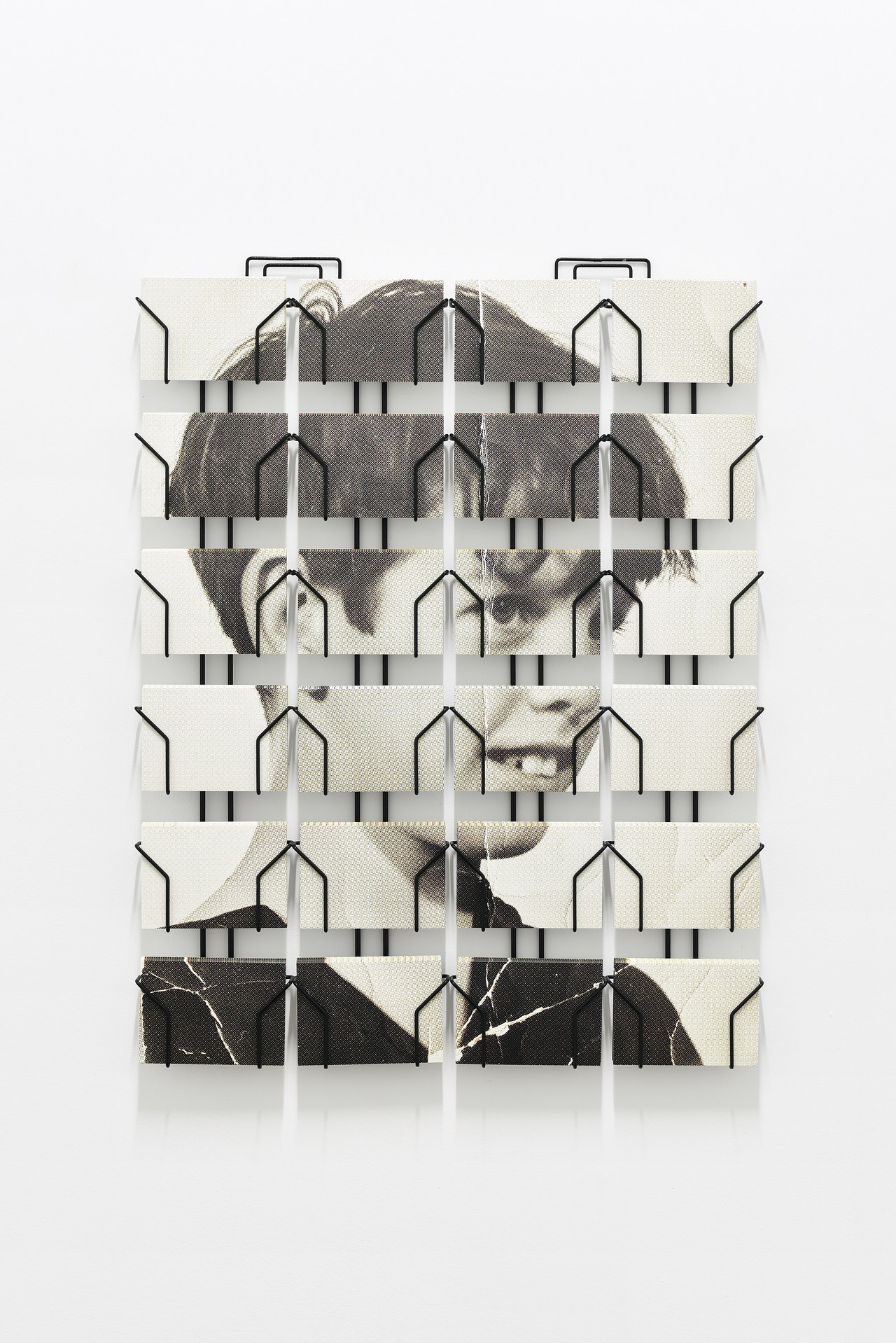BC/AD
2008 - Film & Video (Film & Video)
59 min 36
Ian Breakwell
“BC/AD” (Before Cancer, After Diagnoses) is a video of photographs of the artist’s face dating from early childhood to the month before he died, accompanied by the last diary entries he wrote from April 2004 to July 2005 (entitled “50 Reasons for Getting Out of Bed”), from the period from when he lost his voice, thinking he had laryngitis, through the moment he was diagnosed with lung cancer and the subsequent treatment that was ultimately, ineffective. The diary entries are at once poignant, ironic, laced with gallows of humor, with his continued eye for the little incidents in life, interweaving the past with his experience of the present. The morphing of the portraits—the eyes and sight remaining leveled—is haunting, beginning with very blurry images of childhood and ending with a pin-sharp photograph of Breakwell the month before he died. As the tumor grows so does Breakwell’s introspection, as he meditates the horizon of his life, the randomness of fate and the meaning of time to someone in his condition. The quality of Breakwell’s voice changes throughout the course of the audio recording as he struggles to project, while the sound of his inhaling breath indicates a great difficulty of breathing. It was recorded in one take: 1 hour and 55 minutes. The illness thus manifests throughout the soundtrack. In confronting his mortality, “BC/AD” is a poignant work, at once poetic and mundane. It is an act of defiance that encapsulates many aspects of Breakwell’s approach to making art.
Ian Breakwell was a leading British conceptual artist active in the dematerializing of the hierarchy of modernity in the 1960s. Combining painting, drawing, printmaking, photography, film, collage, video, audio-tape, slide, digital imaging and performance, Breakwell’s work significantly contributed to considering art as documentation of a moment, rather than a marketable fine art piece. Initially influenced by Surrealism, Breakwell was best known for his observation of what he called ‘little epiphanies’ he observed around him and that he recorded in his diaries from the late 1960’s, which he exhibited as art works. Until 1980, the diaries often took on a visual format but from the 1980s onwards they took a mostly verbal format. One of the most celebrated of the diaries is the Walking Man Diary (1979) where Breakwell photographed a man who walked past his studio everyday on a circuitous, continuous route with no purpose. Alongside the photographs he recorded imagined conversations of people observing him. The photographs were arranged in a grid and presented as a diary.
Colors:
Related works of genres: » english contemporary artists

© » KADIST
Ryan Gander
2012Epiphany…learnt through hardship is composed of a bronze sculpture depicting the model of the little dancer of Degas, in the pose of a female nude photographed by Edward Weston (Nude, 1936) accompanied by a blue cube...

© » KADIST
Ceal Floyer
2007NO POSITIONS AVAILABLE is composed of panels covering the entire wall of the gallery exemplifying one of the tendencies of the artist...

© » KADIST
Mark Leckey
2004In Made In Heaven , we are face to face with a sculptural apparition, a divine visitation in the artist’s studio...

© » KADIST
Jeremy Deller
2012Beyond the White Walls , with a commentary written and spoken by Jeremy Deller, is often wryly amusing...

© » KADIST
Tacita Dean
2001The photographic quality of the film Baobab is not only the result of a highly sophisticated use of black and white and light, but also of the way in which each tree is characterized as an individual, creating in the end a series of portraits...








